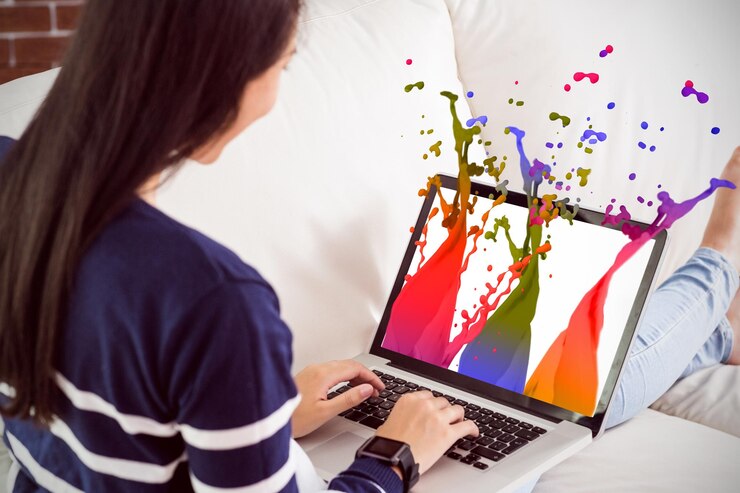In today’s digital era, an artist’s website is more than just a virtual gallery—it’s a powerful tool for showcasing creativity, attracting potential clients, and driving sales. Optimizing your website for online exposure is crucial to reaching a wider audience and turning visitors into loyal customers. This blog explores essential strategies and creative ideas to Read More
Importance of Online Exposure for Artistic Sales
In the competitive world of art and creativity, online exposure plays a pivotal role in attracting new clients and generating sales. A well-optimized artist website serves as your online portfolio, allowing you to showcase your artwork to a global audience 24/7. It not only enhances your visibility but also establishes credibility and professionalism in the eyes of potential clients and art enthusiasts.
Creative Ideas to Optimize Your Artist Website
1. Showcase Your Best Work:
- High-Quality Visuals: Display high-resolution images of your artwork that capture the intricacies and textures, allowing viewers to appreciate the details.
- Virtual Gallery: Create a virtual gallery experience with categorized sections or themed collections that showcase different facets of your artistic repertoire.
2. Tailor to Your Audience:
- Know Your Audience: Understand the preferences and tastes of your target audience. Tailor your website’s design, content, and messaging to resonate with their aesthetic sensibilities.
- Personalized Touch: Incorporate artist statements, behind-the-scenes stories, or video tours to provide a personal connection and narrative that engages visitors emotionally.
3. SEO Optimization:
- Keywords and Descriptions: Use relevant keywords and descriptive alt text for images to improve visibility in search engine results. Optimize meta tags, titles, and descriptions for each artwork and page.
- Blog Integration: Maintain a blog to regularly publish content related to your art process, inspirations, exhibitions, and industry insights. This not only enhances SEO but also establishes authority and attracts organic traffic.
4. Engage Through Social Media:
- Social Sharing Buttons: Integrate social sharing buttons on your website to encourage visitors to share your artwork across their networks, expanding your reach organically.
- Visual Platforms: Utilize visual platforms like Instagram, Pinterest, and Behance to showcase your portfolio and drive traffic back to your website. Cross-promote content across platforms for maximum exposure.
5. Seamless User Experience:
- Mobile Optimization: Ensure your website is mobile-friendly and responsive across devices. A seamless user experience enhances engagement and encourages visitors to explore further.
- Easy Navigation: Simplify navigation with intuitive menus and clear calls-to-action (CTAs) for inquiries, purchases, or signing up for newsletters.
Attracting Your Potential Client Base
1. Testimonials and Reviews:
- Client Testimonials: Feature testimonials from satisfied clients or collectors to build trust and credibility. Positive reviews serve as social proof and encourage potential clients to make a purchase.
2. Limited Editions and Exclusive Offers:
- Create Urgency: Offer limited edition prints, exclusive collections, or special discounts for first-time buyers. Limited availability and exclusivity can drive sales and encourage quick decisions.
3. Interactive Elements:
- Virtual Tours or Videos: Provide virtual tours of your studio or video demonstrations of your creative process. Interactive elements enhance engagement and immerse visitors in your artistic world.
Conclusion
Optimizing your artist website for better online exposure and sales requires a strategic blend of creativity, SEO best practices, tailored content, and engaging user experience. By showcasing your best work, understanding your audience, leveraging social media, and creating a seamless browsing experience, you can attract and captivate your potential client base. Remember, your website is not just a platform to display art—it’s a gateway to connecting with art enthusiasts, collectors, and clients who appreciate and value your unique creative vision. With these strategies in place, your artist website can become a powerful tool for achieving online visibility, fostering engagement, and driving meaningful sales in the competitive art market.

